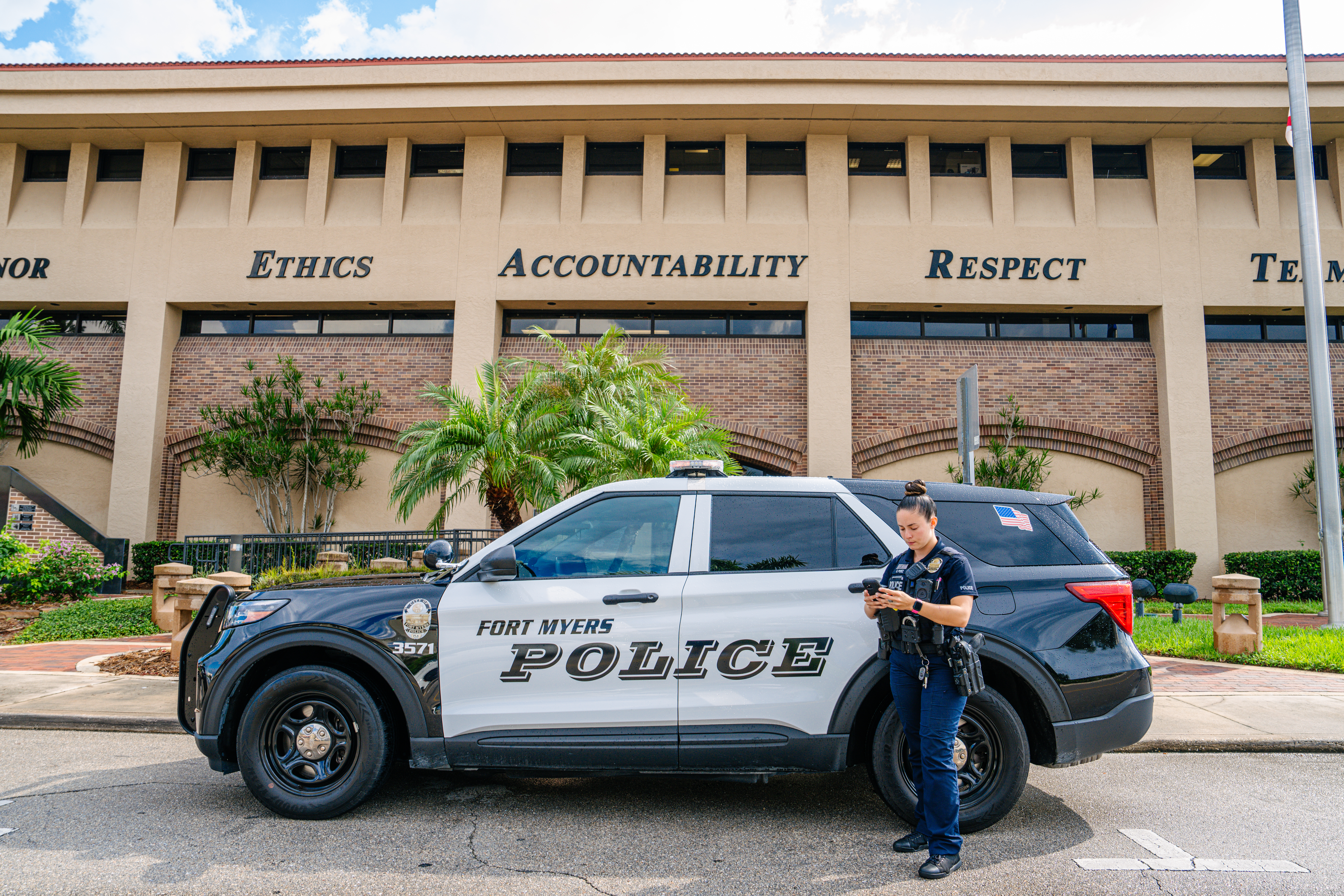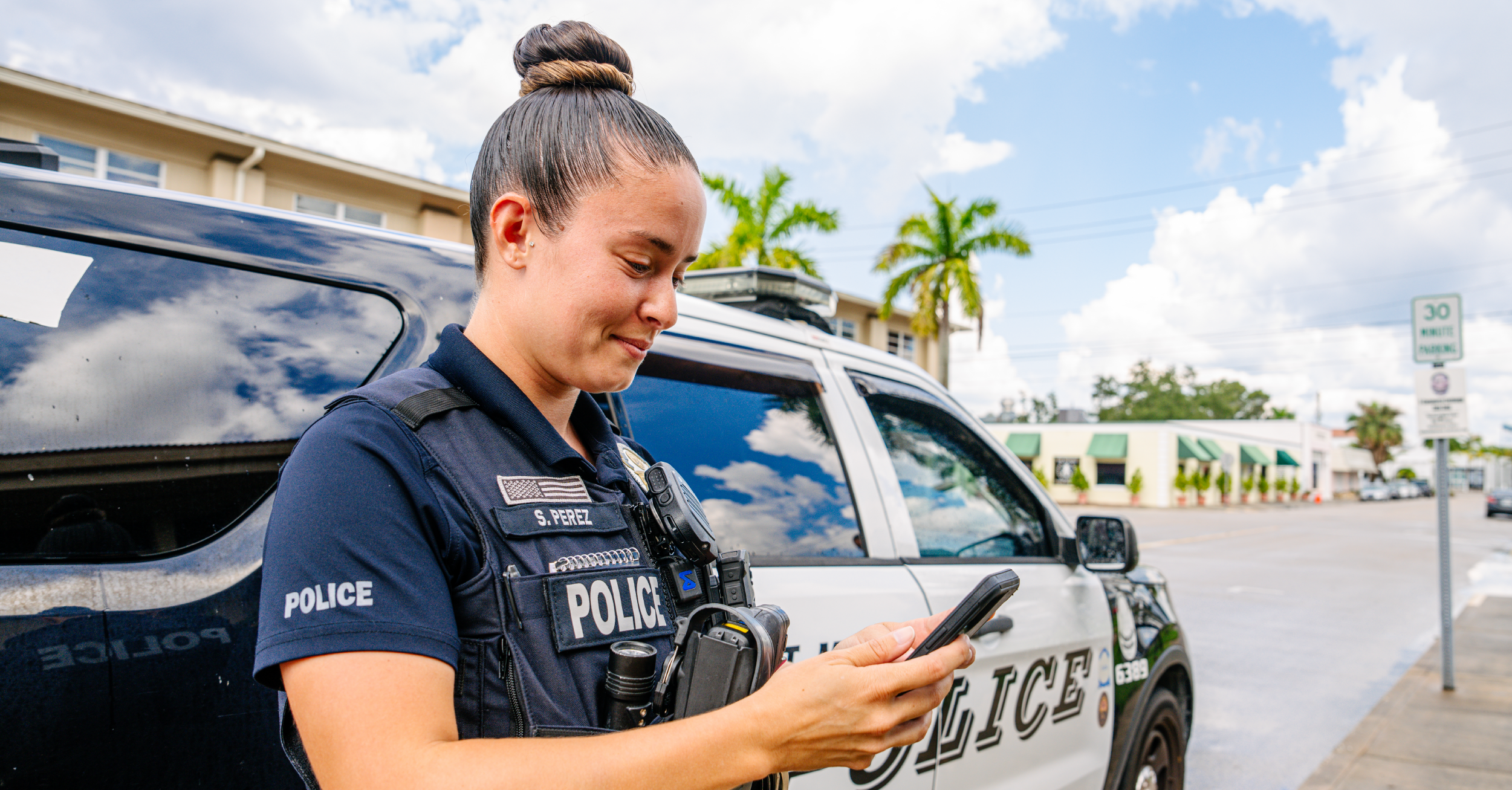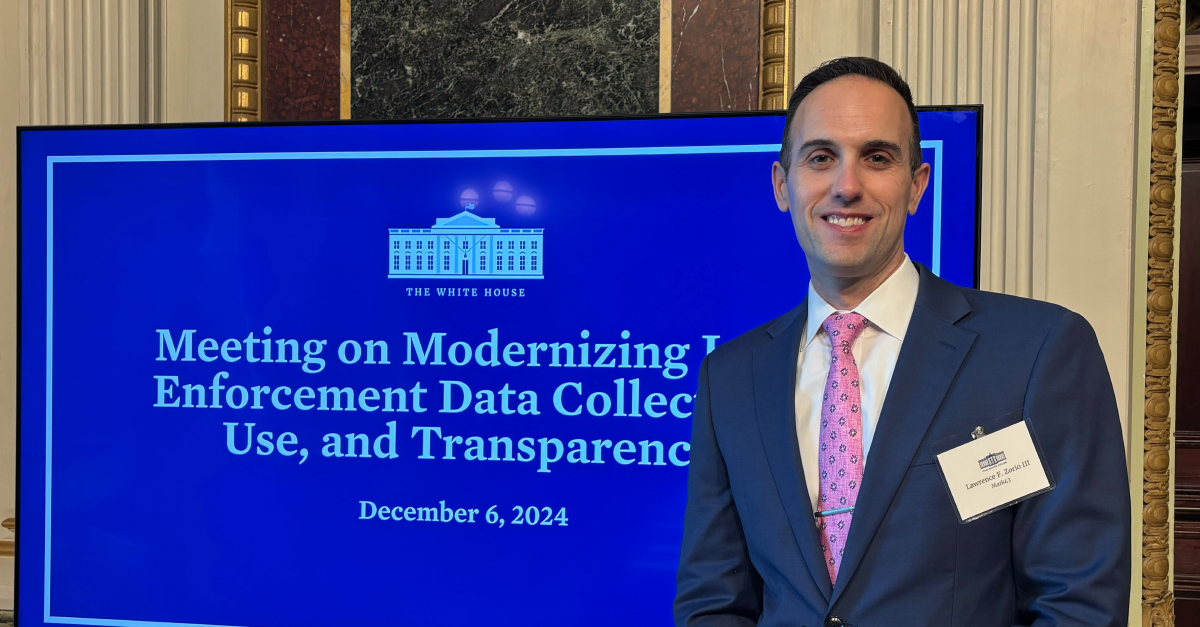
Earlier this year Mark43 outlined six trends facing public safety in 2022. We’re almost halfway through the year, and each of these trends continue to impact the industry.
Agencies continue to reimagine their responses to traffic stops and individuals experiencing mental and behavioral health crises.
Agencies continue to tell their story using data and build relationships with their communities.
Public safety agencies still struggle to recruit and retain top talent.
Mobile technology continues to increase access to real-time information, supporting officer safety and effectiveness.
Cyberattacks are still a major concern for government agencies.
Agencies, mindful of consent decrees, are engaging in and tracking constitutional policing activity and building community trust.
How will these trends continue to impact agencies throughout the rest of 2022?
Recently, Kathleen O’Toole, who’s led law enforcement agencies in the U.S. and Europe, and Wendy Gilbert, Vice President of Product at Mark43, sat down with Ganesha Martin, Vice President of Community Affairs and Public Policy at Mark43, to discuss each of these trends and its impact on public safety today.
Reimagining public safety thoughtfully
Like many members of law enforcement, Kathleen O’Toole has witnessed public perception change drastically and watched new trends come and go, so she is skeptical of new slogans and catchphrases in public safety. Jurisdictions that make sudden changes due to political pressure often face consequences from their rushed decisions.
However, thoughtfully reimagining public safety is critical for the public safety industry.
“If we reimagine [public safety] in a thoughtful way, it can be advantageous to our police services and advantageous to our communities,” O’Toole said. Thoughtful reimagining means engaging in discussions between law enforcement and all stakeholders.
Calls to reimagine public safety continue to impact agencies, and 50 percent of webinar attendees said their agency is actively involved in reimagining public safety discussions.
Many reimagining public safety conversations focus on the needs of individuals experiencing mental and behavioral health crises. According to the first publicly-available database of crisis response programs, agencies use seven unique response models to respond to individuals in crisis. Each of these response models depend on mobile technologies, according to Gilbert.
“[Responders] are spending more time out in the field and their vehicles,” said Gilbert. “Real-time collaboration shouldn’t require you to be aware of where you are working.”
In order for these conversations about reimagining public safety to be productive, they must be informed by data.
Start a productive conversation with your community through data
Data is a critical component of public safety operations. Telling your agency’s story through data is an effective way to collaborate with the community and address internal and external concerns.
Unfortunately, many jurisdictions aren’t collecting the data necessary to tell their story.
O’Toole remembers when, as chief in Seattle, the police department started capturing data about the agency’s interactions with people experiencing mental and behavioral health crises. “After a year, we determined that Seattle police officers were engaging with people in serious mental crises about 10,000 times a year,” she said. “I almost fell out of my chair.”
Seattle Police decided to take advantage of every opportunity to tell their story to the community. They shared crime data, use-of-force data, mental and behavioral health crisis response data, etc. The agency even released raw data through their website to be as transparent as possible.
“It builds trust, and it helps the police department’s story,” O’Toole said.
A data portal is an effective way to share information with the community, and 62 percent of webinar attendees said their agency uses a data portal to share information between law enforcement and the community.
According to Gilbert, data sharing can be as simple as PDFs from an agency’s records management system (RMS) or analytics software shared through the agency’s website. However, the future is data portals that facilitate collaboration.
“[Agencies] will have the ability to share information out for those community members who want to download and analyze that information independently,” said Gilbert.
Recruit and retain top talent with modern, diverse workplaces
A workforce shortage is impacting all industries, but public safety agencies are facing staffing shortages like never before, according to O’Toole.
“I’d say it’s the most challenging time in terms of recruitment that I’ve experienced since I started my career,” said O’Toole.
O’Toole says agencies can help meet increasing demands by diversifying their workforce with a mix of sworn and non-sworn personnel. “I don’t think we can understate the value of diversity of opinion and diversity of experience in both our own and non-sworn ranks,” said O’Toole.
Leading agencies are more intentional about recruiting women into their ranks. “The more we can have our police services reflect the communities they serve, the better off we’ll be,” said O’Toole.
According to Gilbert, technology is an excellent tool for recruiting and retaining top talent when a diverse team creates it. A diverse group of people brings many experiences to the table. In product design and engineering, this means creating more equitable and user-centric software.
“Different perspectives help influence and ultimately craft [Mark43’s] purpose-built solutions for our users and for our departments,” said Gilbert.
Keep field responders connected with mobile-first technologies
Mobile technologies are a critical piece of public safety. Mobile tech is a force multiplier that keeps responders connected to agency data, improves safety, and keeps officers in the field instead of at a desk.
Agencies use a variety of mobile tech. Of the agencies represented during the webinar:
- 62 percent use smartphones and tablets
- 85 percent use vehicle mobile data terminals (MDTs)
- 54 percent use body-worn cameras
- 38 percent use drones
- 8 percent use watches or other wearable technologies
O’Toole understands procuring tech is a complicated process. Even so, agencies shouldn’t avoid the procurement process. Instead, agencies need to focus on putting reliable tech into the hands of officers in the field.
“We need to give our officers the tools to do their jobs,” said O’Toole. “From a police management perspective, we should provide officers with a paperless office so they can stay out in the field.”
Gilbert echoed that sentiment. “Officers are spending more time out in the field and in their vehicles. We have to be there and we have to arm them with the capabilities that they need.”
Mark43 adopted a mobile-first product strategy to help agencies meet the needs of officers in the field, according to Gilbert. The Mark43 platform offers first-class user experience from any web browser, enabling collaboration and data sharing regardless of location.
Defend against cyberattacks with a multi-disciplinary approach
One of the first ways agencies can increase their cybersecurity posture is through personnel training. Every member of an agency should be well-trained in how to protect systems through best practices and correct use. This includes contractors, consultants, and vendors.
Leveraging the cloud and cloud-native technologies is another vital piece of cybersecurity. O’Toole remembers the skepticism Seattle Police faced when they first implemented cloud-based technologies but says the cloud provides significant security benefits compared to on-premise technology.
“[Agency] systems will be safer if they have the right teams in place and if they use the right technologies, including access to the cloud,” said O’Toole.
Gilbert encourages agencies to make the leap to the cloud before it’s too late.
“I’ve probably worked with more than 15 agencies that were victims of ransomware over the years,” said Gilbert. “It was at that moment that many agencies had to make the decision of whether or not they were going to move their system that was attacked to the cloud.”
Consistently review policies and procedures to ensure you’re adhering to best practices
Agencies should proactively review their policies and procedures to ensure they align with industry best practices for constitutional policing and that they meet the community’s needs, and 67 percent of webinar attendees said their agency consistently reviews policies and procedures.
When creating or updating policies, agencies must include rank and file officers in developing new policies. “The people on the front lines need to inform these policies to ensure they make sense,” said O’Toole.
Agencies that don’t regularly review their policies and procedures for best practices are at risk of falling into a pattern and practice of behavior that can ultimately lead to finding themselves under a consent decree.
O’Toole has experienced consent decrees from several perspectives, including as a DOJ consultant, jurisdiction monitor, and chief of police under a consent decree. As difficult as consent decrees are, O’Toole said every jurisdiction she’s worked in was in a better place after a consent decree.
“Consent decrees aren’t necessarily a bad thing,” said O’Toole.
Whether your agency reviews existing policies or goes through a consent decree, they need technology with built-in accountability. The Mark43 platform provides agencies with the insight to definitively track the outcomes of new policies or a consent decree.
“There’s a lot of flexibility in the Mark43 platform to be able to configure the collection of specific types of information — to require it or conditionally require it,” said Gilbert.
Want to learn more about each of these trends? Check out our Police1 webinar, Looking over the Horizon: A Discussion of U.S. Public Safety Trends for 2022.





